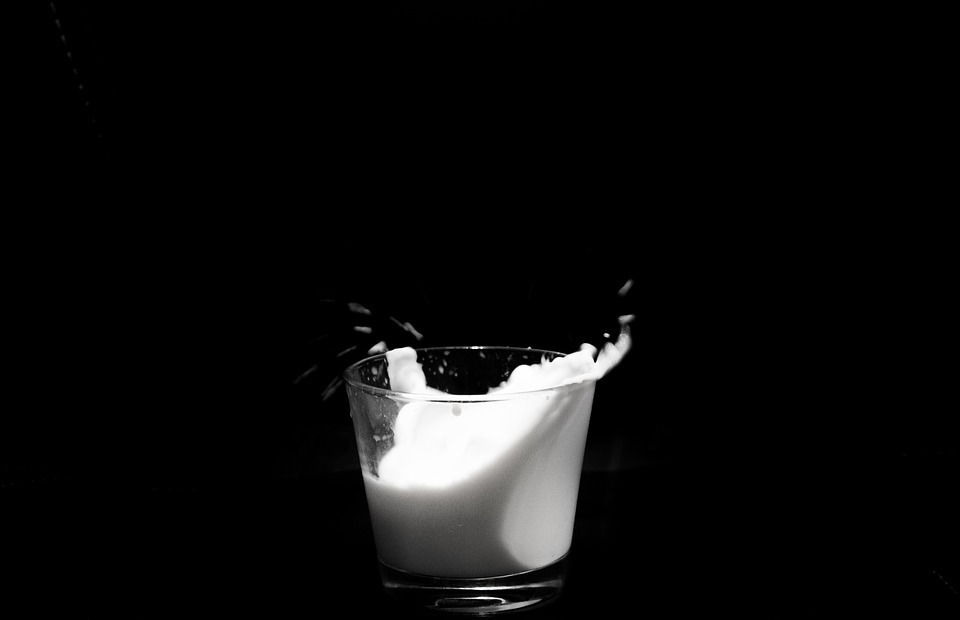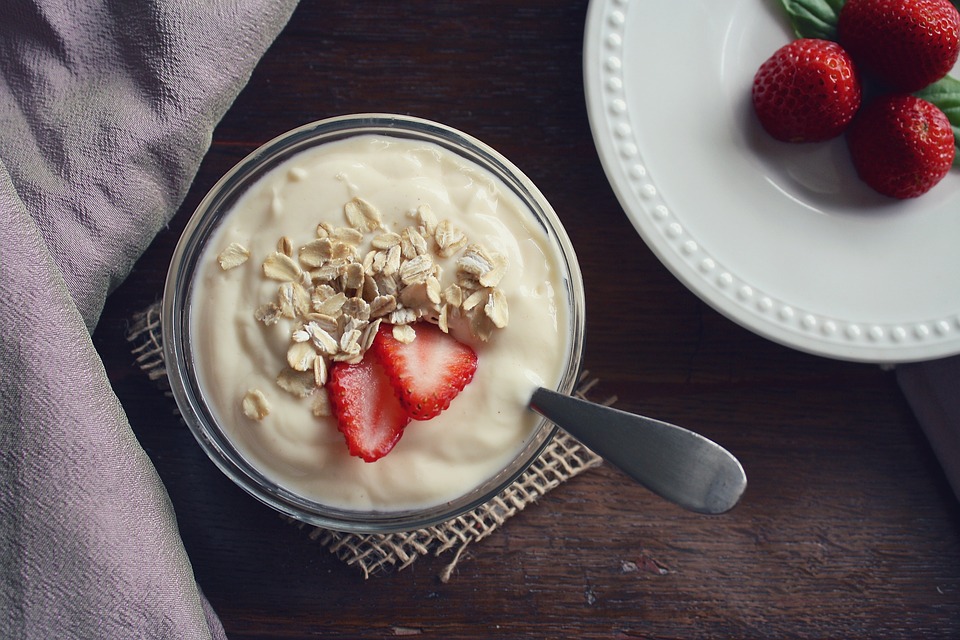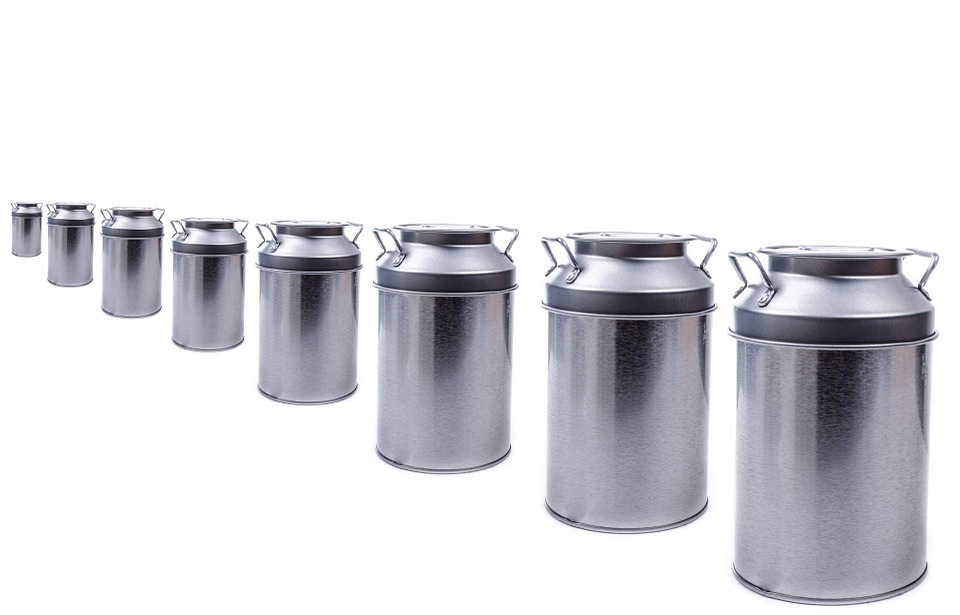This article delves into the age-old question of whether cats can drink milk, exploring the surprising truth about dairy and its impact on feline health. We’ll uncover the historical origins of this misconception, examine the biological reasons behind lactose intolerance in cats, and discuss the potential health risks associated with milk consumption. Finally, we’ll provide you with alternative options to satisfy your cat’s thirst and keep them healthy and happy.
Part 1: The Milk Myth

1.1. A Historical Misconception
- The notion that cats love milk stems from centuries-old portrayals of cats enjoying a saucer of milk, often seen in art, literature, and even cartoons.
- These images, while charming, have created a lasting impression, leading many to believe milk is a natural and healthy treat for felines. For example, the famous "Milk-Bone" dog biscuits were initially marketed as "Milk-Bone" cat biscuits, highlighting the perception of milk as a feline staple.
- However, this perception is largely based on tradition and cultural depictions rather than scientific evidence.
1.2. The Reality: Lactose Intolerance
- Cats, unlike humans, are lactose intolerant, meaning they lack the enzyme lactase needed to break down lactose, the sugar found in milk.
- This inability to digest lactose can lead to various digestive issues, making milk consumption potentially harmful.
Part 2: The Biological Basis of Lactose Intolerance

2.1. Lactase Deficiency
- All mammals produce lactase in their infancy to digest milk from their mothers. This enzyme breaks down lactose into simpler sugars that can be absorbed by the body.
- However, as cats mature, their lactase production gradually declines, rendering them unable to properly digest milk. This decline in lactase production is a natural evolutionary adaptation. In the wild, adult cats don't rely on milk, so their bodies have evolved to conserve energy and resources by reducing lactase production.
2.2. The Impact of Lactose Intolerance
- Undigested lactose ferments in the intestines, causing bloating, gas, diarrhoea, and abdominal discomfort.
- These symptoms can range from mild to severe, depending on the cat’s individual sensitivity and the amount of milk consumed. Some cats may experience mild gas and discomfort, while others may develop severe diarrhoea and dehydration.
Part 3: The Potential Health Risks of Milk

3.1. Digestive Issues
- As mentioned earlier, milk can lead to various digestive problems like diarrhoea, vomiting, gas, and bloating. These symptoms can be particularly distressing for cats, causing discomfort and dehydration.
- Chronic milk consumption can also lead to malabsorption of nutrients, as the body struggles to digest other components of food alongside undigested lactose. This can result in nutritional deficiencies and further health complications.
3.2. Urinary Tract Problems
- Milk contains high levels of calcium, which can increase the risk of urinary tract stones in cats. These stones can cause pain, difficulty urinating, and even urinary tract infections.
- While all cats are susceptible to urinary tract problems, those with a predisposition to kidney issues or specific breeds like Persians and Himalayans are particularly vulnerable.
3.3. Obesity and Other Health Concerns
- Milk is high in fat and calories, which can contribute to weight gain and obesity in cats. This is especially true for cats that are already prone to overeating or have limited exercise.
- Obesity can lead to various health complications, including diabetes, joint problems, and heart disease.
Part 4: Alternative Thirst-Quenchers
4.1. Fresh Water
- Clean, fresh water is essential for cats’ hydration and overall health. It's important to make sure that your cat has access to a clean water bowl at all times, preferably in multiple locations throughout the house.
- Encourage your cat to drink by changing the water frequently, using a ceramic or stainless steel bowl (which tend to retain less bacteria than plastic), and placing the bowl in a quiet, accessible area away from their food.
4.2. Cat-Specific Milk Alternatives
- Several commercially available milk alternatives are specifically formulated for cats. These options are lactose-free and contain essential nutrients tailored to feline needs, such as taurine, which is crucial for feline heart health and vision.
- Some popular brands include:
- Meow Mix Milk Substitute: This milk alternative is designed to be similar in texture and taste to cow's milk, making it appealing to cats. It's also fortified with vitamins and minerals.
- Fancy Feast Kitten Milk: This milk substitute is specifically for kittens and provides essential nutrients for growth and development.
- Wellness Complete Health Kitten Milk Replacement: This milk alternative is formulated to be closer to mother's milk, with added probiotics and prebiotics for digestive health.
4.3. Homemade Cat Milk
- With a little effort, you can create homemade cat milk using lactose-free milk and a few additional ingredients.
- Consult your veterinarian or a trusted online resource for recipes and guidance. Some recipes may include ingredients like:
- Lactose-free milk (almond, oat, or soy milk are good options)
- Egg yolk (provides protein and essential fatty acids)
- Plain yogurt (provides probiotics for digestive health)
- Bone broth (provides nutrients and electrolytes)
4.4. Other Treats and Hydration Options
- While milk isn't a good option, cats can enjoy other healthy treats like:
- Catnip: A natural herb that many cats find stimulating and enjoyable.
- Tuna or salmon (in moderation): A good source of protein and omega-3 fatty acids, but should be given occasionally as a treat.
- Commercial cat treats: Many commercial cat treats are formulated with healthy ingredients and can be given as a reward or to provide enrichment.
- You can also increase your cat's water intake by offering:
- A water fountain: This can encourage cats to drink more, as the moving water can be more appealing.
- Ice cubes: Cats often enjoy chewing on ice cubes, which can help keep them hydrated, especially in hot weather.
- Wet food: Wet food contains a higher percentage of moisture than dry food, which can contribute to overall hydration.
Part 5: When is Milk Acceptable for Cats?
5.1. Kittens and Mother’s Milk
- Kittens rely on their mother’s milk for nourishment and immune system development. Mother's milk provides essential antibodies and nutrients crucial for their growth, including colostrum, which is rich in antibodies and helps build their immune system. It also contains specific enzymes and fats that aid digestion and development.
- Kittens should be allowed to nurse from their mothers for at least the first 6-8 weeks of life. This period allows them to develop a strong immune system and receive the essential nutrients they need.
5.2. Veterinary-Prescribed Milk
- In rare instances, a veterinarian may prescribe special milk formulas for kittens with certain health conditions. These formulas are specifically tailored to address individual needs and are only to be used under veterinary supervision.
- Examples include kittens who have been orphaned or are unable to nurse from their mothers, or kittens with digestive issues that require a specially formulated milk replacement.
Part 6: FAQs
6.1. What if my cat has already been drinking milk without any issues?
- While some cats may appear to tolerate milk, it doesn’t mean it’s harmless. They may be experiencing mild symptoms they don’t show outwardly, or they may have a weaker sensitivity to lactose.
- It’s best to err on the side of caution and gradually transition your cat to a lactose-free alternative. This will help prevent potential long-term health complications.
6.2. Can I give my cat a little bit of milk as a treat?
- It’s generally not advisable to give your cat milk as a treat, even in small amounts. The potential health risks outweigh the benefits, and there are numerous other safe and healthy treats available.
- Consider offering your cat catnip, tuna (in moderation), or commercial cat treats as rewards.
6.3. Is cat milk the same as cow’s milk?
- No, cat milk is specifically formulated for cats and is lactose-free. It contains essential nutrients and minerals tailored to feline needs, making it a healthier choice than cow’s milk.
- Cat milk is typically fortified with taurine, vitamins, and minerals that are important for feline health.
6.4. What are some signs of lactose intolerance in cats?
- Common signs include diarrhoea, vomiting, gas, bloating, abdominal discomfort, and dehydration. These symptoms may appear shortly after consuming milk or within a few hours.
- If your cat exhibits any of these symptoms after consuming milk, it’s important to consult your veterinarian to rule out other potential causes and to discuss alternative hydration options.
6.5. What other treats can I give my cat?
- There are many safe and healthy treats available for cats, including commercial treats, homemade snacks, and fresh foods.
- Consult your veterinarian or a trusted online resource for ideas and recommendations. They can guide you on appropriate treats based on your cat's age, health, and dietary needs.
6.6. Is there a way to test my cat for lactose intolerance?
- While there isn’t a specific test for lactose intolerance in cats, your veterinarian can perform a physical examination and assess your cat’s symptoms to determine if milk is the culprit. If your cat exhibits symptoms after consuming milk, your veterinarian can recommend alternative hydration options and help you create a safe and healthy diet for your feline companion.
Everyone is watching
-

Are Cat Ribs Flexible? Understanding Their Anatomy
CATS & KITTENSThis article delves into the fascinating world of feline anatomy, exploring the flexibility of cat ribs and ho...
-

Can Cats Eat Bananas? (Everything You Need to Know)
CATS & KITTENSThis article dives into the intriguing question of whether cats can safely enjoy the sweet, yellow fruit, bana...
-

Cat Lifespan: How Long Do Cats Live?
CATS & KITTENSThis comprehensive guide explores the factors influencing the lifespan of our feline companions, providing ins...
-

Can Cats Get COVID-19? What You Need to Know
CATS & KITTENSThis article will delve into the fascinating world of feline COVID-19 susceptibility. We'll explore whether ca...
-

Can Cats Eat Eggs? A Complete Guide to Egg Safety for Your Feline Friend
CATS & KITTENSWhen it comes to treating our furry companions, we all want to ensure we're doing what's best for them. Eggs...
